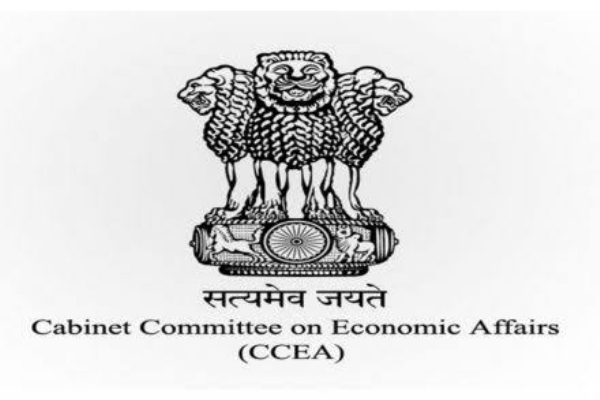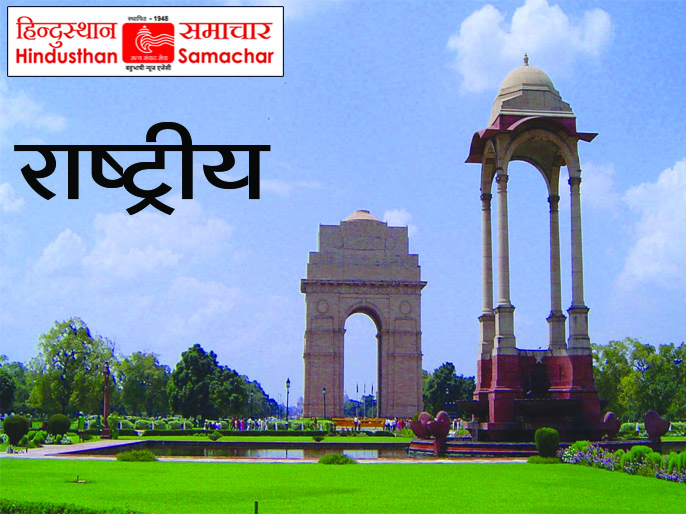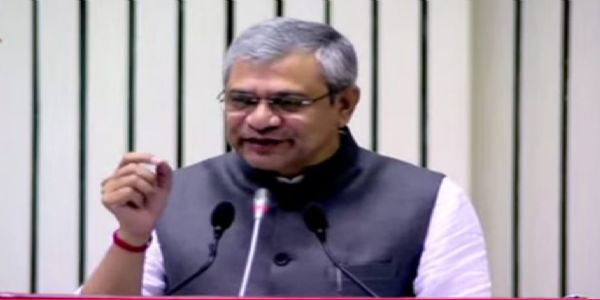
Delhi, 1 October (H.S.): The Cabinet Committee on Economic Affairs (CCEA) chaired by Prime Minister Narendra Modi on Wednesday approved the widening and improvement of the Kalibor-Numaligarh section of National Highway-715 in Assam, transforming the 85.675 km stretch into a modern four-lane corridor. The ₹6,957 crore project is designed with special wildlife-friendly measures to protect animals crossing the highway stretch near the Kaziranga National Park, a UNESCO World Heritage Site.
Wildlife-Sensitive Highway Design
Currently configured as a two-lane road, the Kalibor-Numaligarh section passes either through or along the southern boundary of Kaziranga National Park. Heavy monsoon flooding forces wildlife, including rhinos and elephants, to migrate across the road toward the elevated Karbi Anglong Hills, often leading to accidents and fatalities due to round-the-clock vehicular traffic.
To address this, a 34.5 km elevated corridor will be constructed, ensuring safe and uninterrupted cross-movement for wildlife. The project also involves 30.22 km of widened roadway and 21 km of new greenfield bypasses around the towns of Jakhalabandha and Bokakhat, reducing congestion and enhancing safety while minimizing ecological disruption.
Boost to Connectivity and Tourism
The upgraded highway will establish seamless links with two major National Highways (NH-127 and NH-129) and State Highway 35, as well as connecting to three important railway stations—Nagaon, Jakhalabandha, and Vishwanath Chariali—and three airports at Tezpur, Lilabari, and Jorhat.The improved corridor will also enhance access to key economic and social hubs including the Tezpur and Nagaon fishing clusters, tribal districts of Karbi Anglong and Wokha, and a range of cultural and religious landmarks such as Baba Than (Numaligarh), Maha Mrityunjay Temple (Nagaon), and Hatimura Temple. Tourist attractions like the Kakochang Waterfalls and Deopahar Archaeological Site will also benefit from improved connectivity, alongside the flagship draw of Kaziranga National Park itself.
Employment and Economic Gains
Officials estimate that the highway expansion will generate over 15.42 lakh person-days of direct employment and 19.19 lakh person-days of indirect employment, spurring growth in construction, logistics, and allied sectors. By improving access between Guwahati, Nagaon, Golaghat, Numaligarh, and Jorhat, the project is expected to accelerate regional economic activity while strengthening Assam’s positioning as a centre of tourism and industrial growth.
With an Annual Average Daily Traffic (AADT) of nearly 13,800 passenger car units in FY25, the corridor will relieve congestion, enhance passenger and freight movement, and provide an infrastructural boost to Assam’s long-term economic development goals.
Balancing Growth and Conservation
Officials underlined that the project exemplifies a sustainable infrastructure model, integrating transportation efficiency with biodiversity protection. By creating a wildlife-friendly corridor, the government aims to transform a traditionally hazardous stretch into a model for balancing economic growth with ecological preservation.
Hindusthan Samachar / Jun Sarkar








